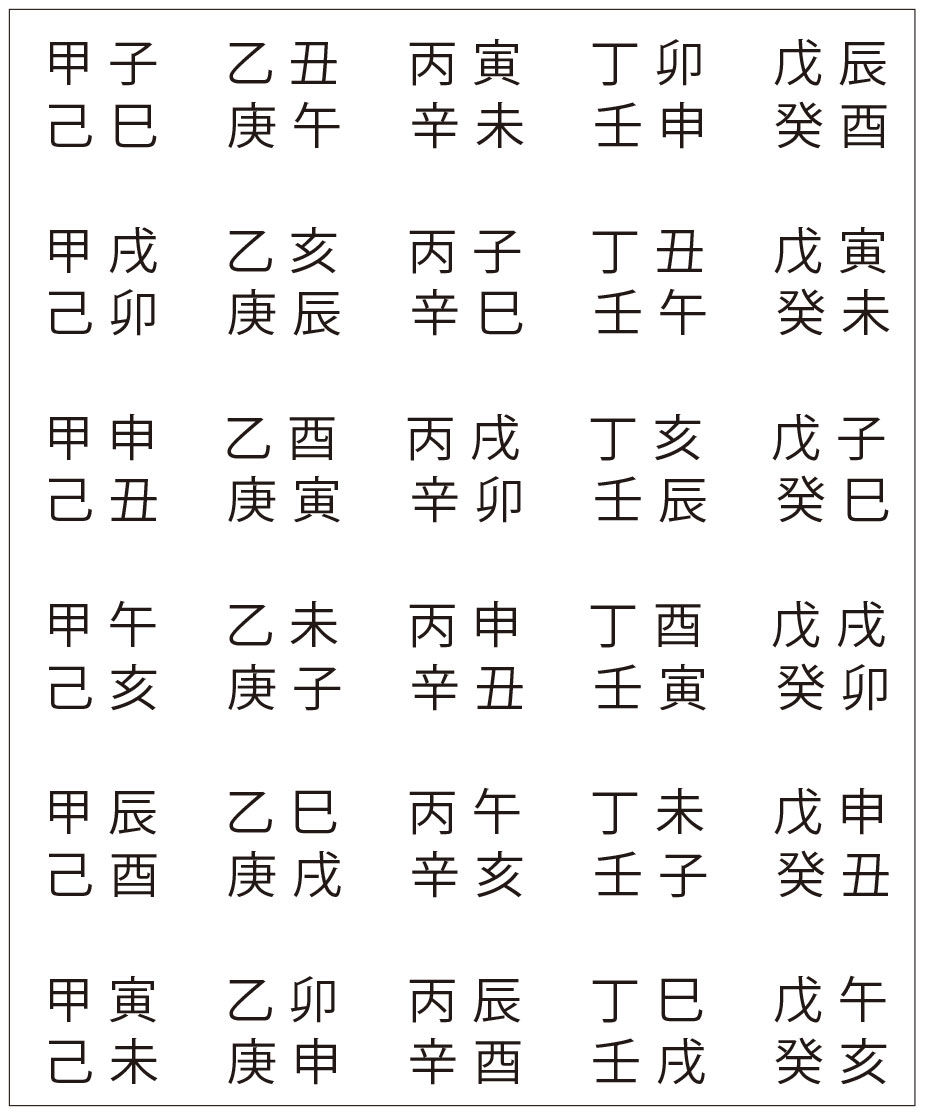"Miracle zodiac" Koshi that has been around for over 3,000 years
- kimuratsubasa2
- May 23, 2023
- 3 min read
The beginning of the "Zodiac" is "Mouse". Since the mouse has many children, it is a symbol of "offspring prosperity", and since the "zodiac" starts with the mouse, it is said to be an auspicious year to start new things.
By the way, it is sometimes referred to as the "year of the mouse" when referring to the "sex sign", but the "sex sign" for 2020 is actually "Kanoenone". is. "Zodiac" is an abbreviation of "10 zodiac", and "10" means "Kou", "Otsu", "Hei", "Tei", "Bo", and "Myself". Ki, Kou, Shin, Jin, and Ki. (rabbit), dragon (tatsu), snake (snake), horse (horse), sheep, monkey, rooster, dog, wild boar
And. The number of 60 cycles that combines these is translated as "Zodiac".

In modern times, the "12 animals of the Chinese zodiac" are regarded as 12 kinds of animals, but in fact, the "12 animals of the Chinese zodiac" originally had nothing to do with animals, and originally represented directions and time. For example, "ko" refers to the direction of the north, and the line connecting the direction of the child (north) to the direction of the horse (south) is called the "meridian." Also, when I was a child, I used to tremble with fear when monsters and ghosts appeared in ghost stories and when they were active, "Even Kusaki sleeps at the witching hour...". ("Ux" is the old time, from 1:00 am to 3:00 am today)
By the way, last year (2019), I spent 48 days visiting Chinese calligraphy. There were a lot of impressions and discoveries in it. One of them is the encounter with oracle bone script, which is the root of kanji. "Bone inscriptions" are characters from the era of the Shang dynasty (around the end of B.C. 17-11), the oldest dynasty in China whose existence has been confirmed archaeologically. It is called "oracle bone script" because it is engraved on the In the dynasties of that time, many things were determined by fortune-telling, such as the king's own safety, the birth of his wife, the king's actions such as rituals and hunting, natural matters such as harvest and rainfall, and even the possibility of war. It is said that
Then, I carved the results into my bones and recorded them. Through this record, we who live today can learn about the ancient dynasties and the lives and thoughts of the people. However, in reality, they were discovered by chance and luck, and only after patient and careful excavation work and steady research by excellent experts were published that we finally came to know about them. It becomes.
There is also a miraculous episode in the discovery of this oracle bone script. It was in 1899, at the end of the Qing Dynasty, that a piece of tortoise shell and animal bone engraved with this character was discovered. When peasants in the village of Anyang, Henan Province, cultivated the land, they often found bone fragments carved with symbol-like patterns from the soil. At that time, the farmers named it ``dragon bone'' and sold it to pharmacies at a low price as a raw material for herbal medicine to help with their livelihood. Wang Yirong (1845-1900 = gold stone scholar, Qing Dynasty inspector general) and his guest, Liu Tie-yun (1857-1909 = writer, archaeologist), who happened to obtain this, noticed it, collected and studied it. , finally finds out that this is a Yin Dynasty script.


After that, thanks to the wonderful achievements of researchers, deciphering progressed, and from the names of the royal families written in the oracle bone script, the Yin Dynasty, which was thought to be a myth, was revealed in the "Shiji" (compiled by Sima Qian, a historian of the Former Han Dynasty). It turned out to be a real dynasty, as described in the Chinese history book that was published). (At the same time, it was proved that what was written in the Shiji was not just a legend, but a fact.) And the village of Anyang, Henan Province, where this bone fragment was excavated, dates back to the Shang Dynasty. It was known to have been the capital, so it came to be called 'Yin Ruins'. More than 160,000 pieces of bones have been excavated here, and about 4,500 symbols have been found, of which more than 1,500 words have been deciphered.
When I visited the "Yin Ruins", I was surprised by the enormous amount of oracle bone script. And a piece of animal bone that made me doubt my eyes. Surprisingly, there were vivid oracle bone characters engraved with the Chinese zodiac that are still in use today. After 3,000 years, it was discovered and deciphered, and we learned that this year's Chinese zodiac, "Kozi," has been around for over 3,000 years. May this beautiful world, where miracles continue unabated, continue for tens of millions of years.
(This article was published on January 9, 2020 in Nara Shimbun's serialized essay "Calligraphy in Life")

